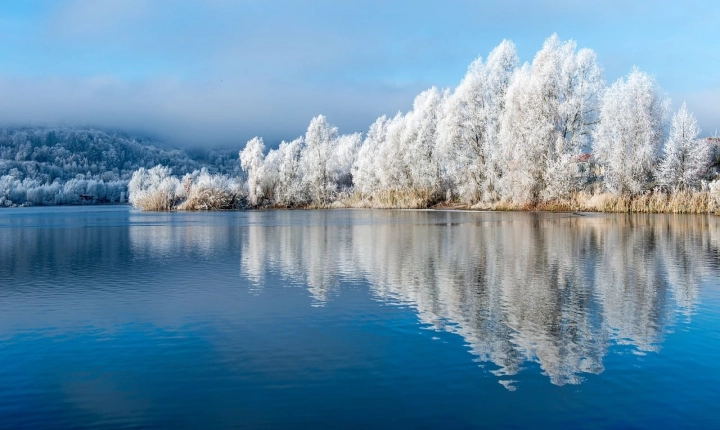Can ChatGPT Generate Images?
In recent years, ChatGPT has emerged as a powerful AI tool that can generate coherent and contextually relevant text based on prompts provided by users. But can this groundbreaking technology extend beyond just generating text and delve into the world of creating images? The answer is both yes and no.
As of now, ChatGPT is primarily designed to work with text data and lacks the capability to directly produce images. However, there are ways in which ChatGPT can be used in conjunction with other AI models to generate images based on textual prompts.
One such method involves using ChatGPT to generate a textual description of an image, and then passing this description to an image generation AI model. The image generation model can then interpret the text and produce a corresponding image. This process is known as text-to-image synthesis and has shown promising results in recent research.
Another approach is to utilize ChatGPT to understand and interpret user prompts and then use this information to guide an image generation model to produce customized images. By combining the linguistic capabilities of ChatGPT with the visual generation abilities of an image model, it is possible to create a seamless interaction between text and image generation.
It is important to note, however, that generating high-quality images directly from text prompts is a complex task that requires the integration of advanced natural language processing and computer vision techniques. Current models are still in the early stages of development and may not always produce accurate or realistic results.
Despite the current limitations, the potential of AI to generate images based on textual prompts is a promising area of research. As the technology continues to advance, we can expect to see improvements in the quality and accuracy of image generation from text, opening up new creative possibilities for artists, designers, and content creators.
In conclusion, while ChatGPT itself may not be capable of directly generating images, it can be used in tandem with other AI models to facilitate the creation of images based on text prompts. As the field of AI continues to evolve, we can anticipate further advancements in the intersection of text and image generation, ushering in a new era of creative expression and innovation.
